LCD Soundsystem This Is Happening album review
James Murphy returns for the last time: something great or losing his edge?

This Is Happening: intro
Well, actually, it’s already happened. Despite that on-his-knees pleas from LCD frontman and driving force James Murphy at a recent New York show, the new LCD Soundsystem album has leaked all over the internet - a full month before its May 2010 release. And it’s now streaming in full on the band’s website.
This Is Happening is the third - and reportedly final - LCD Soundsystem record. Murphy’s given a number of reasons for making it his last album under the LCD Soundsystem moniker: that the album’s a dead format; that most bands stop producing quality material after their third album; and that he doesn’t want LCD Soundsystem to get too big.
But Murphy’s also described the recording process this time around as “brutal”, which might have something to do with his decision.
The album was recorded in a specially-constructed studio in Rick Rubin’s L.A. mansion, where the band worked (and partied) intensively for three months. Here’s a clip to give you an idea of what it was like.
But has the change of scenery from New York to LA affected their sound? Can the most-hyped album of the year possibly live up to the buzz?
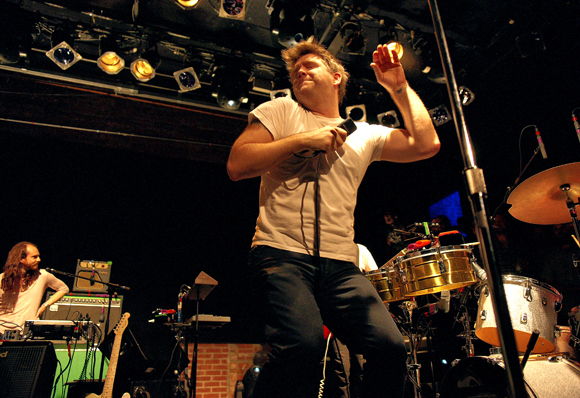
Dance Yrself Clean
This is a strong start to the album. It’s a nine-minute slow burner that begins with three minutes of low-key synth, thrifty percussion and low-in-the-mix vocals. It’s a serious bid not to give too much away too soon.
But three minutes in LCD Soundsystem stop holding back and it’s like Blitzkrieg. The synths transform into monstrous waves of noise and tight drums gun out a rhythm.
LCD Soundsystem are back, and - in case you were worried - of course there’s a cowbell!

Drunk Girls
This was the first single from This Is Happening and it’s a glam pop nugget. It shares its sparkly DNA with Eno-period Roxy Music, The Velvet Underground’s White Light/White Heat and (whisper it) Blur's Girls & Boys.
It might sound a bit cheap after the hurricane climax of Dance Yrself Clean but it’s an obvious floorfiller and gives an insight into the weird hedonism that forged This Is Happening.
Murphy has said that he was “more toxified” than usual in LA and, in his own words: “Drunk Girls is about drunk people and fun things and the fact that all of the boys of the LA mansion we recorded at were called "the girls" by our chef. We were the ladies of the mansion.”
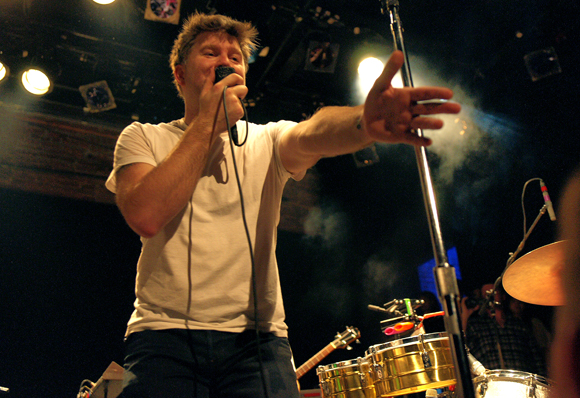
One Touch
James Murphy has built a career on artful repetition so it’s good to hear him at it again (and again).
In this latest version of infinity, a 303-style bassline squelches and slurs under a tightly-compressed disco beat while disorientating Rapture-esque guitars screech in the background.
Murphy chants “One touch is never enough” with an unsettling determination, and his frankly spooky Phil Oakey vocal is softened by call-and-response chanting from Nancy Whang. It’s hypnotic, danceable and richly layered, giving more away with each listen…
Oh, and the slightly wonky 808 drums that kick in after six minutes? Genius.

All I Want
After the squelching acid house of One Touch, All I Want is a complete gear change.
There are reference points aplenty here - and they all point to the mid-'70s. The thumping disco pianos and soft bass have Bowie and Roxy written all over them, but it’s that wailing guitar that’s most defining.
It sounds exactly like Robert Fripp’s guitar on Bowie’s Heroes and Brian Eno’s St Elmo’s Fire. It’s an uncanny recreation of the sound, originally made by painstakingly manipulating feedback.
But we shouldn’t be surprised: Murphy earned his stripes making guitars sound incredible for Six Finger Satellite (the previous incarnation of DFA mainstays, The Juan MacLean), The Rapture and more recently Free Energy.
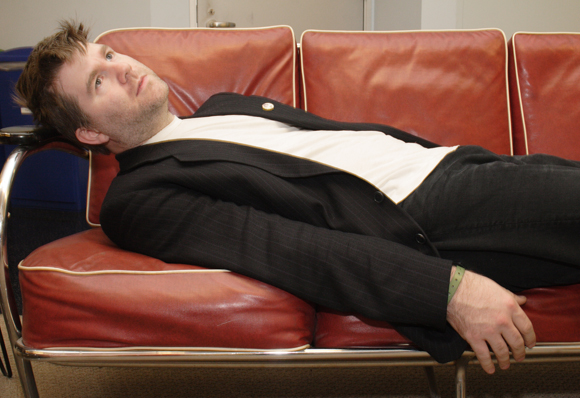
I Can Change
I Can Change was another early leak from This Is Happening and it’s brimming with warm analogue electronica.
The off-kilter synths bleep and shimmer away as Murphy pours his heart out like a needy teen. It’s charming, catchy and genuine, and sounds like Kraftwerk but with humanity.
Listening to I Can Change, you can hear why last year Murphy said This Is Happening would be, “wonky, maybe a bit more synth-driven, but not necessarily more dancey [than previous LCD Soundsystem records]”.
Perhaps it was an early guideline for the album because it delivers on this description in spades.
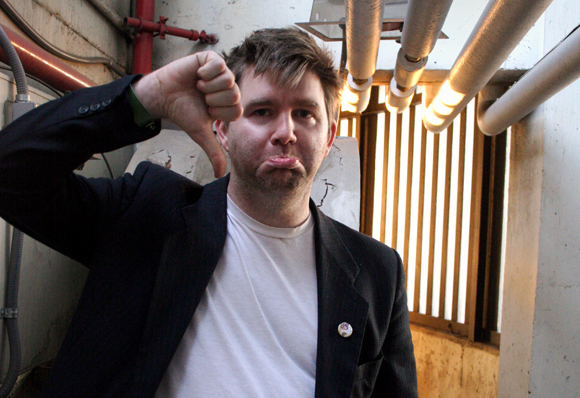
You Wanted A Hit
You Wanted A Hit starts with a shimmering atmosphere of neatly orchestrated synthesizers. It’s brilliant but it turns out to be a dummy hook that gives way to palm-muted guitar and a stark handclap beat.
Musically, the track sounds like tough, vintage LCD Soundsystem but the lyrics lack the precision we’ve come to expect. In case you couldn’t guess from the title, Murphy chooses the middle of the album to take a flailing swipe at the music industry.
Usually when Murphy gets self-reflective, it’s humorous and galvanizing. Here, it can't help but feel a bit clumsy and self-indulgent.
And nine minutes is more than long enough to really labour the point.

Pow Pow
This is when you remember that LCD Soundsystem have delivered two of the most important dance albums of all time and given a generation of hipsters the anthems that define them. Pow Pow is in the same league as LCD Soundsystem’s finest work.
A gently phasing disco beat is laced with cowbells, occasional guitar and stark sonic tinkles to make the sort of muscular and confident backing that built DFA’s reputation. It’s the perfect place for Murphy to showcase his trademark observational rhetoric - and he does with alacrity.
Best line? “We have a black President and you do not, so shut up!”

Somebody's Calling Me
It’s impossible to listen to Somebody's Calling me without thinking of Iggy Pop’s Nightclubbing.
The limping beat and the slow determination of the piano make the track feel more like a homage than a track in its own right.
While it never escapes the soporific piano bassline, it does get jazzed up with a trumpet and some borderline-unbearable synths that slide in with piercing discord. Yikes.

Home
The first thing you’ll notice about Home are the swirling analogue synths, muted organ and wood-block percussion that give it the same comfortable warmth as Talking Heads’ This Must Be The Place.
The cleverest thing about it, though, is that it takes parts and melodies from Dance Yrself Clean, the album’s first track. It’s not the lightning bolt that started the album, but a complex, soft track, filled with fragile harmony. And by referencing and softening the perfect beginning, this is the perfect end.
If this is the last track on the last album ever released by LCD Soundsystem, it’s a fond farewell.
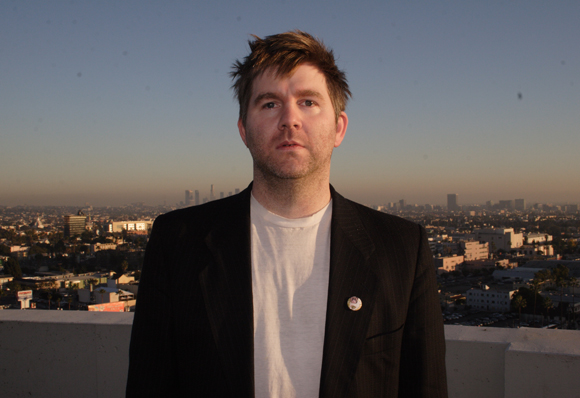
This Is Happening: verdict
This Is Happening is a good album - by anyone’s standards a 7 or even an 8/10 - and one that on repeated listens is proving to be a grower. However, after a tidal wave of hype and two scene-defining records, it can’t help but be bit of a disappointment.
There are moments of genius here though. Dance Yrself Clean and Pow Pow stand out as crackling with the same energy as the very best LCD Soundsystem tracks. Sadly, this can't help but highlight that much of the album does not.
This Is Happening features an eclectic - if overly-reverential - range of reference points. As you would expect, all are skillfully rendered but the album just doesn’t fit together like it should.
Thankfully, the standout tracks on the album pull in the slack and will serve not only as highpoints of April's forthcoming LCD Soundsystem shows but preserve the quality of the band’s legacy in the wake of their last hurrah. Something great? Just.
Liked this? Now check out 15 ultimate synth icons
Buy LCD Soundsystem's This Is Happening here: HMV | Amazon | iTunes
Connect with MusicRadar: via Twitter, Facebook and YouTube
Get MusicRadar straight to your inbox: Sign up for the free weekly newsletter